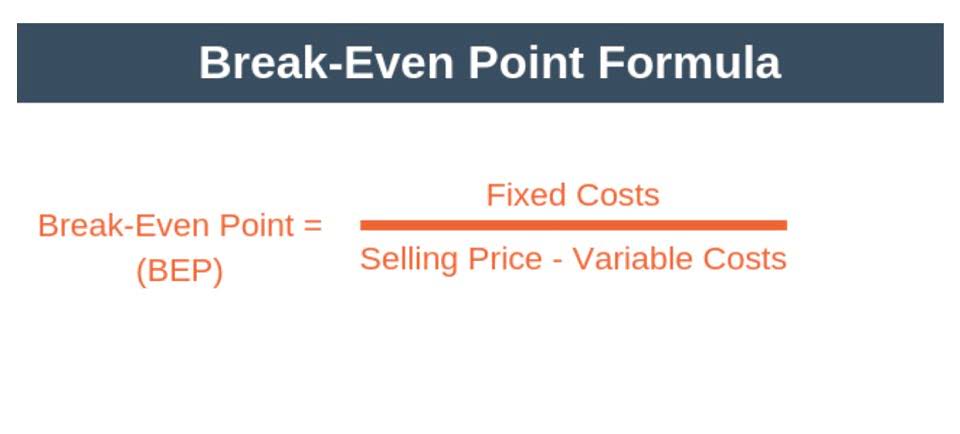Retained Earnings: Calculation, Formula & Examples

In the first line, provide the name of the company (Company A in this case). Finally, provide the year for which such a statement is being prepared in the third line (For the Year Ended 2019 in this case). Upon combining the three line items, we arrive at the end-of-period balance – for instance, Year 0’s ending balance is $240m. Similarly, the iPhone maker, whose fiscal year ends in September, had $70.4 billion in retained earnings as of September 2018. Since Meow Bots has $95,000 in retained earnings to date, Herbert should hold off on hiring more than one developer. As you can see, once you have all the data you need, it’s a pretty simple calculation—no trigonometry class flashbacks required.
- To obtain the net income or earnings, it is recommended that you check the company’s annual report.
- Both cash and stock dividends lead to a decrease in the retained earnings of the company.
- Many businesses use retained earnings to pay down debt, which can help to improve a company’s financial health and reduce its interest expenses.
- Any changes or movements with net income will directly impact the RE balance.
- If a company has no strong growth opportunities, investors would likely prefer to receive a dividend.
- Retained earnings refer to the money your company keeps for itself after paying out dividends to shareholders.
Before he can hire any new employees, Herbert needs to know how much money he has on hand to invest. Our partners cannot pay us to guarantee favorable reviews of their products or services. Get up and running with free payroll setup, and enjoy free expert support.
What’s the difference between retained earnings and revenue?
If a company has negative retained earnings, its liabilities exceed its assets. In this case, the company would need to take action to improve its financial position. This financial metric is just as important as net income, and it’s essential to understand what it is and how to calculate it. This article breaks down everything you need to know about retained earnings, including its formula and examples. Send invoices, get paid, track expenses, pay your team, and balance your books with our financial management software.
A good rule of thumb is to earmark about 25% of your net profit for taxes quarterly. The examples in this article should help you better understand how retained earnings works and what factors can influence it. Keep researching to deepen your understanding of retained earnings and position yourself for long-term success. Perhaps the most common use of retained earnings is financing expansion efforts.
Retained Earnings Explained
Any changes or movements with net income will directly impact the RE balance. Factors such as an increase or decrease in net income and incurrence of net loss will pave the way to either business profitability or deficit. The Retained Earnings account can be negative due to large, cumulative net losses. The RE balance may not always be a positive number, as it may reflect that the current period’s net loss is greater than that of the RE beginning balance. Alternatively, a large distribution of dividends that exceed the retained earnings balance can cause it to go negative. The increase in retained earnings can be found by subtracting the $40,000 in dividend payments from the $100,000 in net income the company earned, which equals $60,000.
- They are a measure of a company’s financial health and they can promote stability and growth.
- Start with a free account to explore 20+ always-free courses and hundreds of finance templates and cheat sheets.
- We have written this article to help you understand what retained earnings is and how to calculate it using the retained earnings formula.
- The Ascent, a Motley Fool service, does not cover all offers on the market.
- After the accounting period ends, the company’s board of directors decides to pay out $20,000 in dividends to shareholders.
Retained earnings are the profits a company has earned and retained over time, while reserves are funds set aside for specific purposes, like contingencies or dividends. While paying dividends to shareholders is one way to use profits, aiming for higher retained earnings can be a more effective long-term strategy for creating shareholder value. The statement of retained earnings is also called a statement of shareholders’ equity or a statement of owner’s equity. They are interlinked, reflecting the portion of profits retained within the company after paying out dividends to its shareholders. Besides analyzing a company’s financial health, the retained earnings are also a good measure for the company’s growth prospects.
Retained earnings is an important marker for your business
Let’s walk through an example of calculating Coca-Cola’s real 2022 retained earnings balance by using the figures in their actual financial statements. You can find these figures on Coca-Cola’s 10-K annual report listed on the sec.gov website. Learn how to solve for retained earnings how to find and calculate retained earnings using a company’s financial statements. Since stock dividends are dividends given in the form of shares in place of cash, these lead to an increased number of shares outstanding for the company.
Retained earnings are the cumulative net earnings or profits of a company after accounting for dividend payments. As an important concept in accounting, the word “retained” captures the fact that because those earnings were not paid out to shareholders as dividends, they were instead retained by the company. This line item reports the net value of the company—how much your company is worth if you decide to liquidate all your assets.
